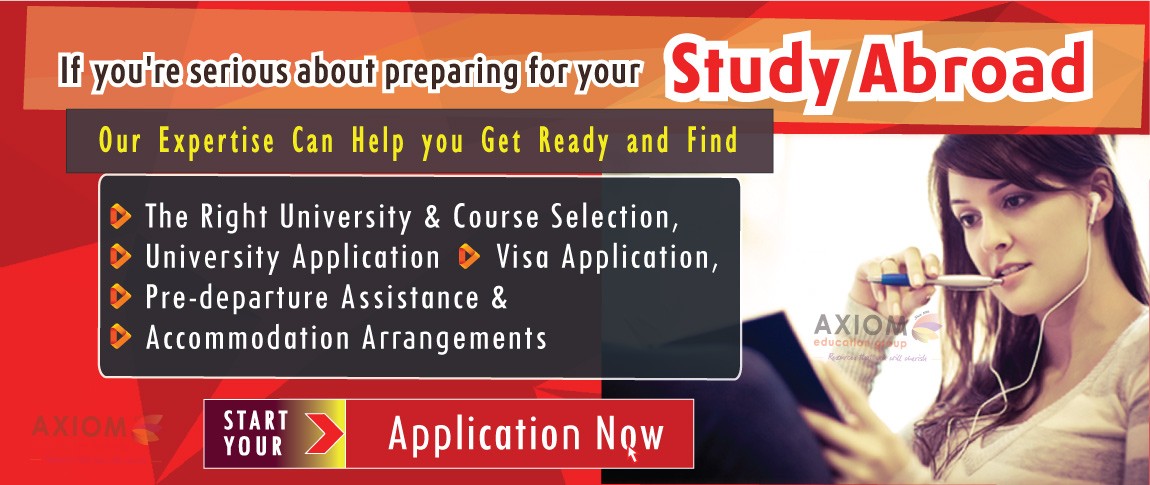
The biggest fear of most Bangladeshi students is being denied a visa to study in the USA. Applying for your student visa is not necessarily difficult but be ready to be organized. Here are some guidelines to help make your student visa application process smooth and successful.
Getting your visa to study in the United States takes time but can be a surprisingly easy procedure. It is well worth the effort.
Let’s go over what kind of visa you need. The most common student visa is an F-1 visa.
As an international student coming to the United States, there are three different student visas that you could be issued: F1 Visa, J1 Visa or M1 Visa. The F1 and J1 visas allow for the possibility of employment in the US during your stay, while the M1 Visa does not. You need to be familiar with the types of visas, how they impact your financing while in the USA and how to go through the application and arrival processes.


The “F” visa is for academic studies. An F1 visa is issued to students who are attending an academic program or English Language Program. F1 visas are by far the most common form of international student visa in the U.S. F1 students must maintain the minimum course load for full-time student status. F-1 status allows for part-time, on-campus employment (fewer than 20 hours per week). Additionally, students can work on optional practical training (OPT) for up to one year after completion of their academic program. Students are expected to complete their studies by the expiration date on the I-20 form (Certificate of Eligibility for Nonimmigrant Student Status).

An M1 visa is issued to a student who is going to attend a non-academic or vocational school. M-1 visa holders for technical and vocational programs are not permitted to work during the course of their studies. The M-1 student visa applicants must have evidence that sufficient funds are immediately available to pay all tuition and living costs for the entire period of intended stay.


Congratulations! You’ve been accepted into a university, college or English language program! Doesn’t that feel good?! This is the first step: be accepted by a SEVP (Student and Exchange Visitor Program) school or program. Keep your acceptance letter. You will need this for other forms and your visa interview.

Your SEVP approved school will send you an I-20 form to complete. Make sure that your name and spelling is the same on your I-20 form, acceptance letter, and passport. This is very important! You will need to bring your completed I-20 form to your visa interview.

Complete the online visa application: Online Nonimmigrant Visa Application – Form DS-160. Again, make sure the spelling of your name is the same on all your documents. Once you have completed the form, print out the confirmation page, because guess what, you need to bring it to your visa interview. Noticing a trend here? There will also be a processing fee to complete the application. You will need to upload a photo of yourself to complete the Form DS-160.

U.S. Embassy will allow you to schedule your visa interview now, while others will require you to pay the SEVIS fee. This fee supports the Student Exchange and Visitor Program (SEVP) and SEVIS. Regardless, you will need to have paid this fee at least three days before your visa interview. The cost at this time is US$160. This won’t surprise you by now: you need to keep a copy of your receipt for your visa interview.

You’re almost there! Time to schedule your visa interview. U.S. Embassy or Consulate will have specific instructions on how to schedule your visa interview, as well as wait times.
Now, for the actual interview … Okay, We know this whole process probably makes you a little anxious and We’re about to make you more anxious: the success of your visa interview is crucial to obtaining your visa.
Like preparing for an important test, it’s normal to be a little anxious; in fact, it’s good. Have you had your moment of being nervous? Now, dissolve that anxiety by being well prepared.
Prepare for your visa interview CLICK HERE



